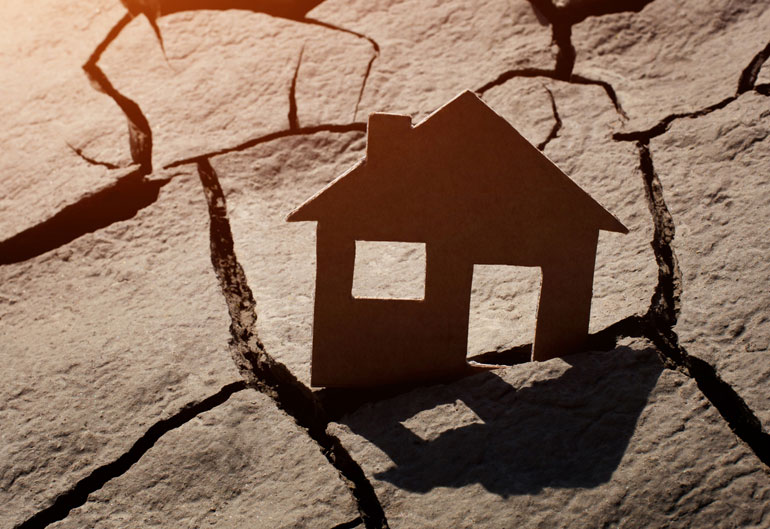The world’s largest seismic shake table analyses how a building performs during a tremor to advance our understanding of how to earthquake-proof buildings.
American engineers have built what they say is the world’s largest outdoor seismic shake table and will test a six-storey, lightweight steel-frame building to better understand how cold-formed steel structures withstand earthquakes and the fires that might follow.
World’s largest seismic shake table.The team, led by Professors Tara Hutchinson and Gil Hegemier from the University of California San Diego (UCSD), will put the building through a series of increasingly intense earthquake simulations. These will include motions recorded during the 1994, 6.7-magnitude Northridge earthquake; the 1992, 7.2-magnitude Cape Mendocino Earthquake — both of which occurred in California; and the 8.8-magnitude earthquake that took place in 2010 in Maule, Chile.
Then researchers from Worcester Polytechnic Institute will test the building’s performance during a live fire. They will ignite pans of heptane, a liquid fuel, in eight rooms to achieve temperatures as high as 1000°C within the seismically damaged rooms. Using temperature probes and video cameras, the researchers will assess how damage from the simulated earthquakes will affect the ability of the passive fire protection systems to contain fires and prevent the spread of smoke.
During both series of tests, UCSD researchers will fly small drones in and around the building to map the structure and assess damage.
“What we are doing is the equivalent of giving the building an ECG to see how it performs after an earthquake and a post-earthquake fire,” she said.
She and her team want to see how a six-storey building made from lightweight steel performs during and after a temblor. Hutchinson believes it will fare well, in part because it’s lighter than a concrete building of the same height and as a result has less mass to generate damaging forces.
At the end of the testing, the building will be subjected to a simulated earthquake stronger than what it was designed to withstand, in an effort to better understand how it might fail and to validate computer models of structural response that can be used to predict performance in the future.
The building’s layout is designed to replicate a multi-family residential structure. But in this case, researchers are pushing the limit of structural height, erecting the building 20 m above the shake table platen.



